
Turning 30 isn’t a deadline, it’s a shift. Your body recovers slower, hormones change, and injury risk goes up. But many men still follow outdated workout rules from their younger days, unaware that some of that advice can do more harm than good. Training harder isn’t the solution. Training smarter is. These myths have stuck around too long, and it’s time to call them out.
Myth: “No Pain, No Gain”
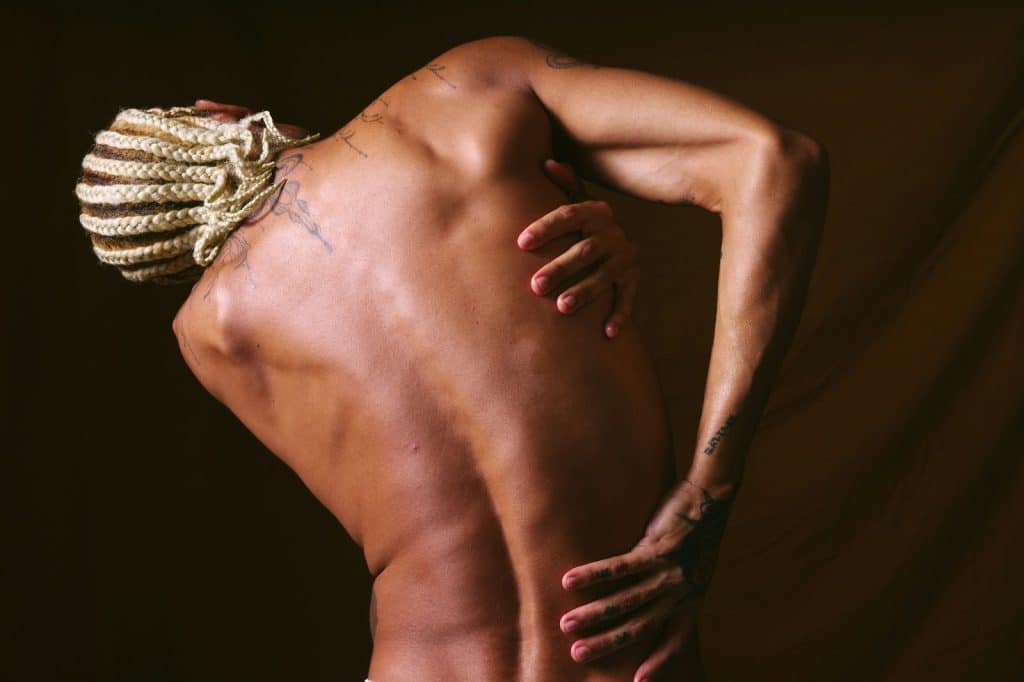
Discomfort is part of growth, but sharp pain is your body waving a red flag. Many men push through injuries trying to prove toughness, only to set back progress for months. After 30, recovery takes longer, and muscle tears are harder to bounce back from. Training with smarter intensity, not constant punishment, leads to better gains. Pain isn’t proof of progress, it’s often a sign you’re doing too much.
Myth: “Cardio Kills Muscle”
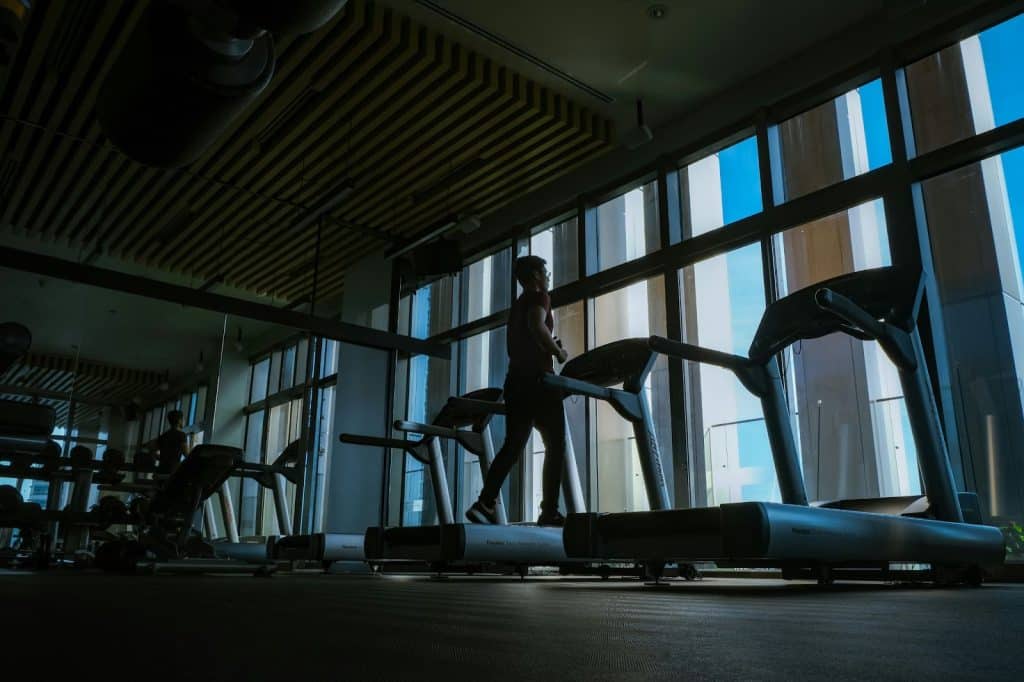
Cardio, done right, supports muscle growth, not hinders it. The myth came from extreme overtraining or cutting for competitions, not general fitness. Moderate cardio boosts heart health, increases work capacity, and helps manage body fat. For men over 30, it also supports recovery and testosterone balance. You don’t need to avoid cardio, just stop doing it like you’re preparing for a marathon.
Myth: “More Gym Time = More Results”
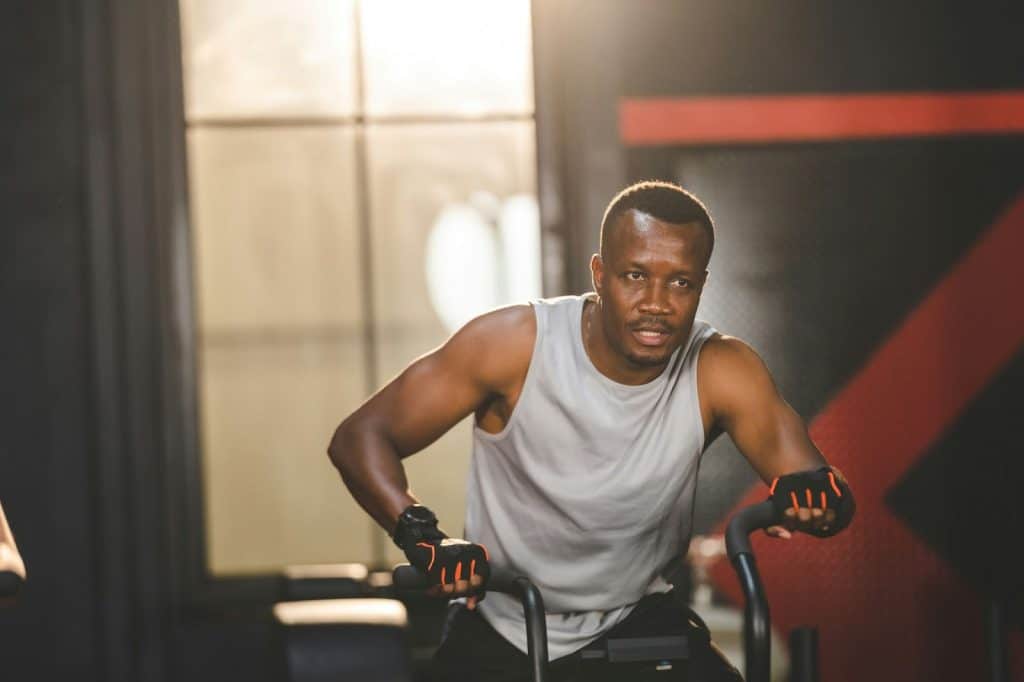
Spending two hours in the gym doesn’t guarantee better results. In fact, it can sabotage recovery, increase cortisol, and burn through muscle. Quality beats quantity, especially for aging bodies. Efficient workouts with proper rest periods and good form give better returns than marathon sessions. After 30, time under tension matters more than time on the clock.
Myth: “Heavy Lifting Is All You Need”

Lifting heavy has its place, but chasing numbers without mobility, recovery, or form in mind leads to injury. Joint stress increases with age, and so does the need for balance. Strength training should still be part of your routine, but so should mobility work, core engagement, and functional movements. Being strong and being durable aren’t the same, and both matter more after 30.
Myth: “Stretching Is a Waste of Time”
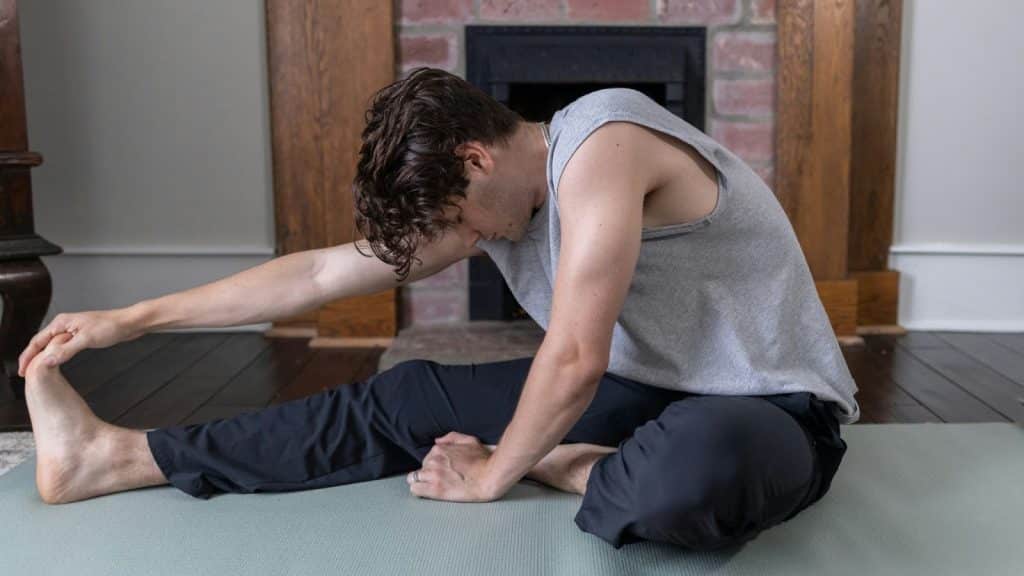
Many guys skip stretching in their 20s and get away with it. But tight hips, shoulders, and hamstrings after 30 affect posture, strength, and injury risk. Static stretching isn’t about becoming a yoga master, it’s about keeping the body mobile and pain-free. Adding 10 minutes of stretching or mobility work can improve performance across the board. Flexibility is strength insurance.
Myth: “You Can Out-Train a Bad Diet”
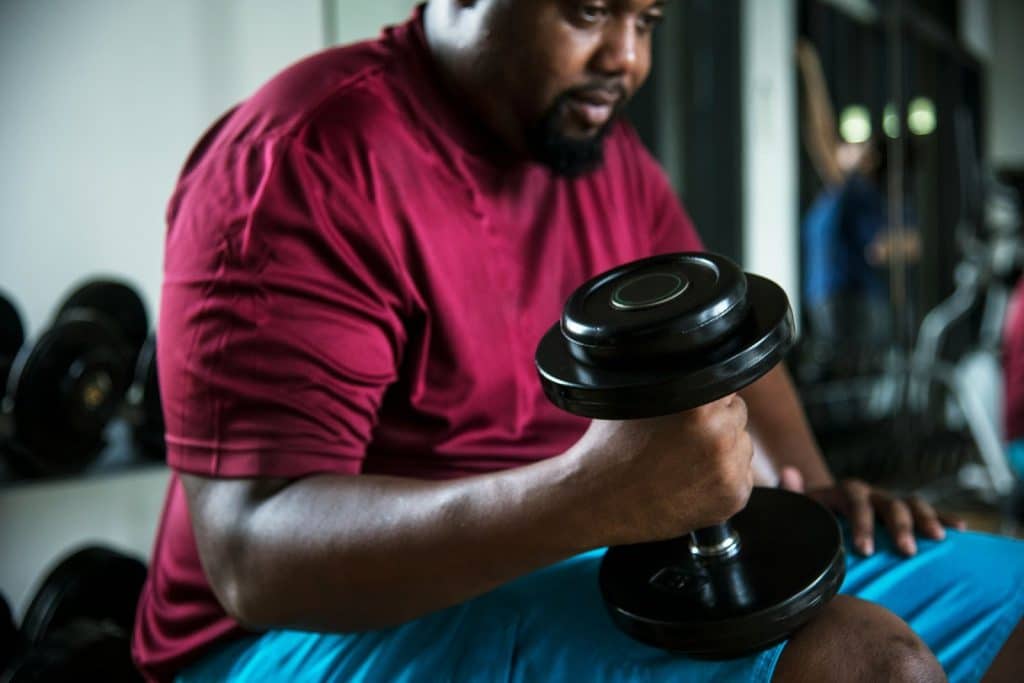
That might’ve worked when metabolism was at full throttle. But now? Nutrition matters more than ever. After 30, a bad diet impacts hormone balance, inflammation, energy, and muscle recovery. Workouts can’t undo poor fuel choices, they only reveal their effects faster. Progress in the gym starts with what’s on the plate, not just what’s on the bar.
Myth: “Protein Shakes Are All You Need Post-Workout”
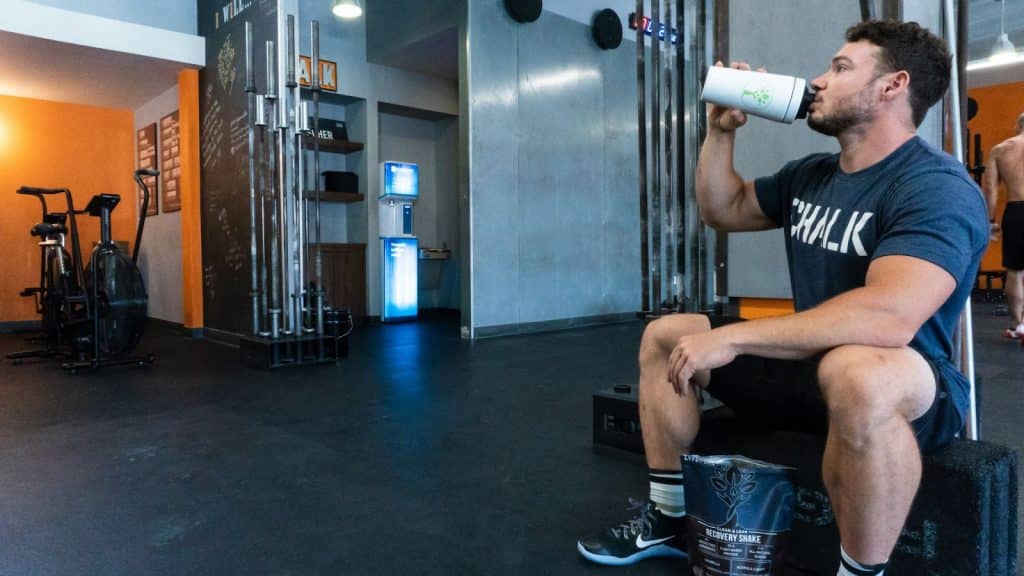
Protein shakes are useful, but they’re not magic. Real food matters for full recovery, carbs to replenish glycogen, micronutrients to reduce inflammation, and fats to support hormones. Over-relying on supplements often leads to nutritional gaps. Post-30, digestion slows, and nutrient absorption changes. Your body needs more than powder, it needs balance.
Myth: “Ab Workouts Burn Belly Fat”

No amount of crunches will “burn” fat from your stomach. Spot reduction is a myth. Fat loss comes from overall calorie deficit, smart nutrition, and full-body movement. Ab exercises strengthen your core but won’t reveal it unless your overall body fat drops. After 30, belly fat becomes more stubborn, and more linked to hormonal shifts. Chasing six-pack shortcuts often wastes time.
Myth: “If You’re Not Sore, It Didn’t Work”

Muscle soreness isn’t the goal, it’s a side effect. Some of the most effective training methods produce little next-day pain. Especially after 30, constantly chasing soreness can backfire, leading to overtraining or burnout. Focus instead on progressive overload, good sleep, and measurable progress. Feeling sore is satisfying, but progress is smarter.
Myth: “Rest Days Are for the Weak”

Rest is when growth happens. Training breaks down muscle, recovery builds it. After 30, skipping rest days means higher cortisol, stalled progress, and increased injury risk. Active recovery days, better sleep, and stress management all count. The men who stay in shape for life understand one thing clearly: rest isn’t weakness, it’s strategy.
Myth: “You’ve Got to Train Like You’re 20 Forever”

Your body isn’t falling apart, it’s evolving. The way you trained in your 20s served a different phase of life. Now, you need a routine that supports longevity, flexibility, strength, and real-world function. Holding onto the past slows down future gains. The smartest move isn’t pushing harder, it’s adapting with purpose.
The Real Muscle Is in the Mindset
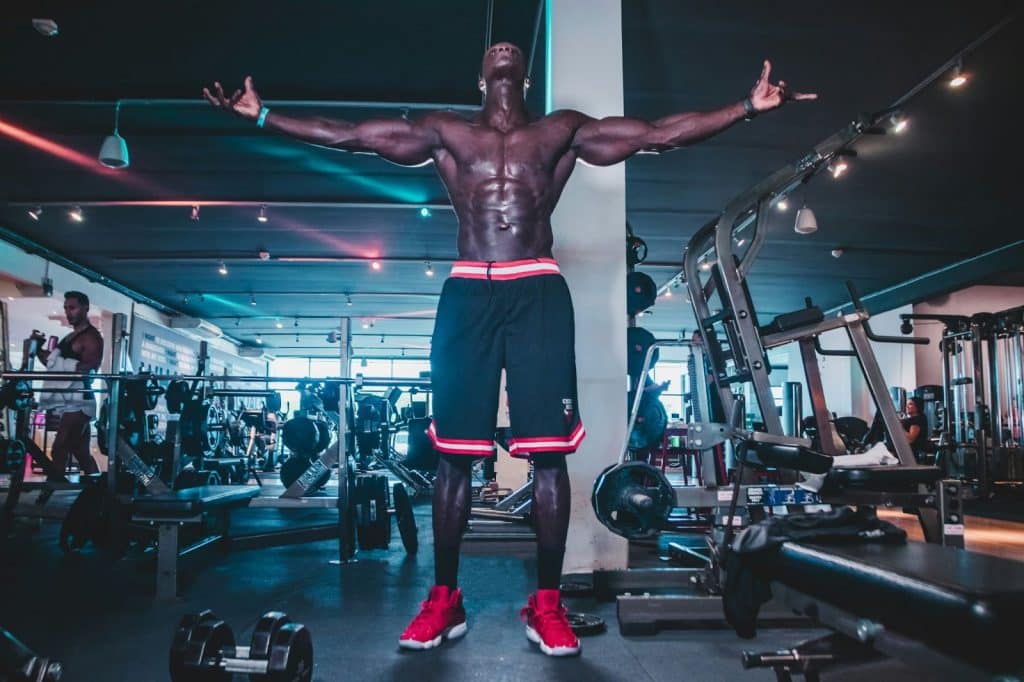
Fitness at 30+ isn’t just about appearance, it’s about strength, energy, and staying injury-free. Men who evolve their training mindset go further, faster, and longer. The goal isn’t youth, it’s mastery. And mastery means knowing when to push, when to pull back, and when to rethink the entire approach. Staying fit now is a thinking man’s game.
Long-Term Wins > Short-Term Hype

Trendy workouts and viral fitness advice might sound exciting, but consistency beats intensity every time , especially after 30. Quick fixes fade, but smart habits build real results. The men who stay strong into their 40s, 50s, and beyond aren’t chasing extremes , they’re building foundations. Ignore the noise, track what works, and train for the body you want to keep, not just show off. Sustainable fitness is the ultimate flex.
Summary: Drop the Ego, Keep the Drive

The myths that once fired you up might be holding you back now. That doesn’t mean stopping, it means shifting. Listening to your body, upgrading your strategy, and staying curious are the new performance enhancers. The goal is not to train harder, it’s to train wiser. And that’s what makes the difference after 30.






Ask Me Anything